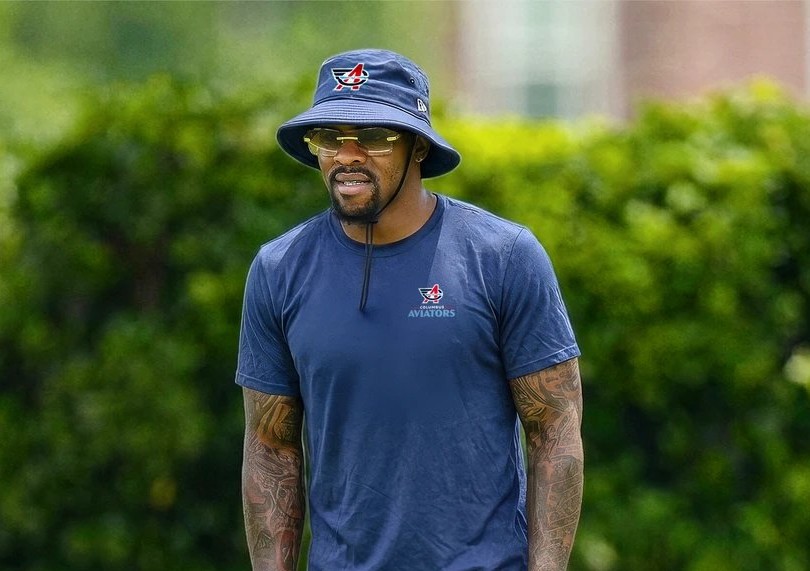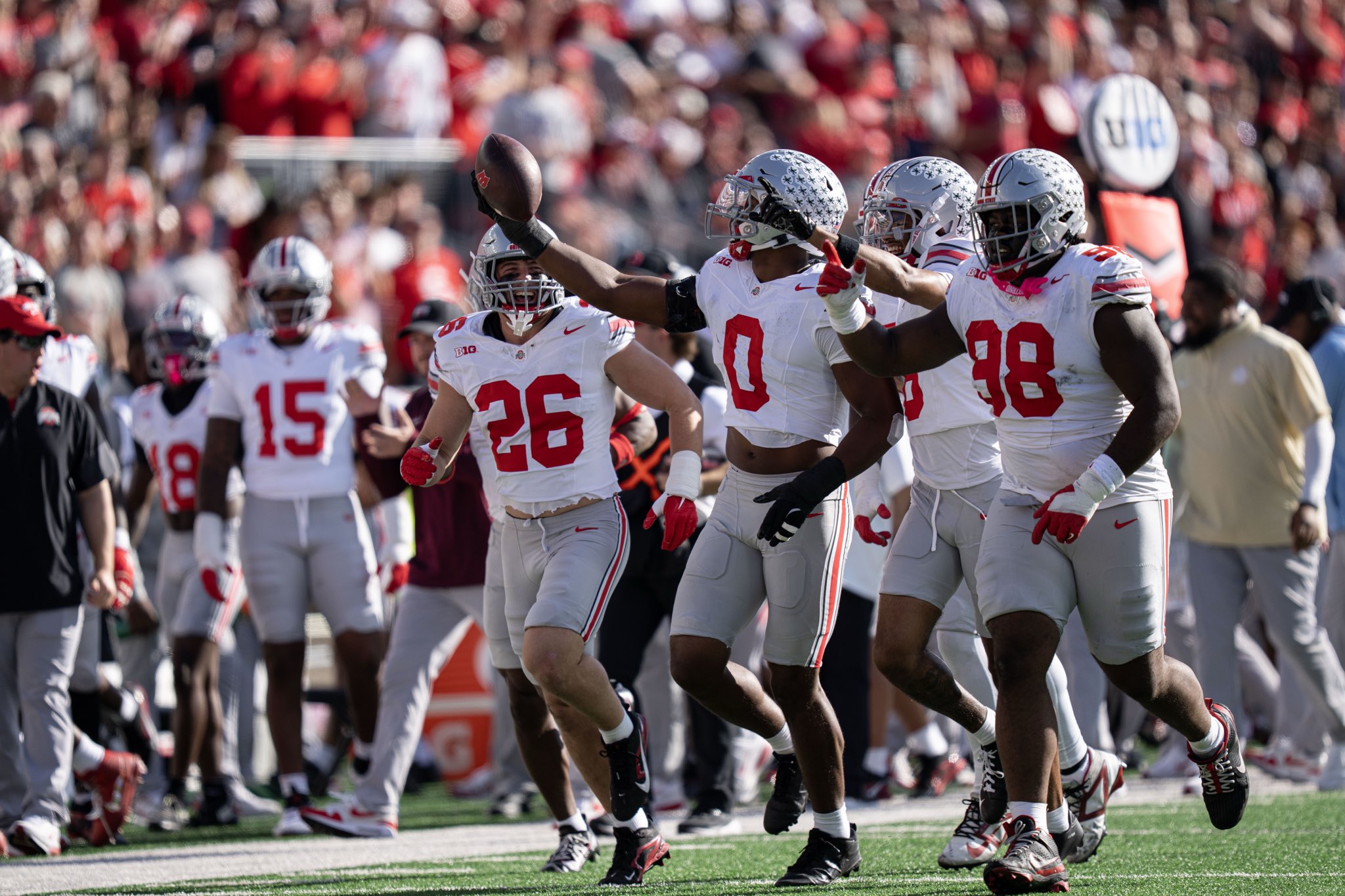
With Ross Bjork officially taking the reins as Ohio State University’s new Athletic Director on July 1, he inherits a legacy from Gene Smith, who retired on June 30. Bjork’s arrival brings with it a fresh set of challenges, chief among them the need to address long-overdue upgrades to the historic Ohio Stadium, a task that Smith appeared to sideline in favor of building multiple facilities for other Olympic sports at the university.
The Legacy of Ohio Stadium
Ohio Stadium, a monumental structure since its construction in 1922, was once the largest stadium west of the Allegheny River. In 1974, it became the first-ever football stadium to be officially listed on the National Register of Historic Places. Over the years, seating capacity was increased to more than 90,000, and the stadium saw numerous enhancements, such as a new $2.1 million scoreboard in 1984. A significant renovation from 1998 to 2001 saw the replacement of the press box, installation of additional seating, and the addition of 81 luxury suites and 2,500 club seats. Further upgrades included advanced scoreboards, LED ribbon boards, and a substantial lowering of the field to add more seating.
Despite these efforts, the stadium’s infrastructure needs continual updates to maintain its status and functionality. In 2012 a $7 million renovation of the scoreboard and audio system, followed by the addition of 2,500 seats in 2014, raised the seating capacity to 104,851.
In 2017, Ohio State embarked on a four-year project to further enhance Ohio Stadium, funded entirely by the athletic department without the use of state tax or student tuition money. The $194 million makeover included restoring the concrete on C Deck, installing better scoreboards and larger TVs to improve some obstructed-view seats on B Deck, and adding 35 loge boxes and 12 luxury suites. The restoration and re-coating of the 94-year-old concrete on C Deck took place in phases from 2017 to 2020. Additionally, the project included improvements to the power distribution systems for the east, west, and south stands. This work required the removal of 2,600 seats, reducing capacity to 102,854, still an overall gain of 525 seats over the capacity prior to an expansion to seating in the south stands in 2014. Most of the seats lost were in sections of B Deck with obstructed or “less than ideal” views.
Woody Hayes Athletic Center (WHAC) and Financial Challenges
Beyond Ohio Stadium, Bjork must also focus on the Woody Hayes Athletic Center (WHAC), the football practice and training facility. Historically, Ohio State’s football program has been the primary financial engine, generating enough revenue to support 34 other varsity sports. Men’s basketball is the only other sport that generates a positive net income for the Athletic Department.
However, recent changes, including players receiving financial compensation through revenue sharing, have increased the complexity of Bjork’s role. Balancing the need to field a competitive football team through Name, Image, and Likeness (NIL) deals while raising funds for extensive renovations poses a significant challenge.
Learning from Rivals: Penn State’s Beaver Stadium Model
Bjork can look to Ohio State’s rival to the west, Penn State, for inspiration. Penn State’s Board of Trustees recently approved a $700 million renovation of Beaver Stadium. This ambitious project aims to transform Beaver Stadium into a year-round venue, with upgrades to concourses, restrooms, concessions, WiFi, and premium seating. The project, set to be completed by 2027, is funded through fundraising, concessions, naming opportunities, sponsorships, and ticket sales. This financial model could provide a roadmap for Bjork as he navigates similar challenges at Ohio State.
The Road Ahead
Ross Bjork’s tenure as Ohio State’s Athletic Director starts with significant hurdles. Addressing the much-needed renovations at Ohio Stadium and the WHAC, ensuring the football program remains competitive, and navigating the new landscape of player compensation are just the beginning. However, with strategic planning and a clear vision, Bjork has the opportunity to elevate Ohio State’s athletic facilities and maintain the university’s storied legacy in collegiate sports.











